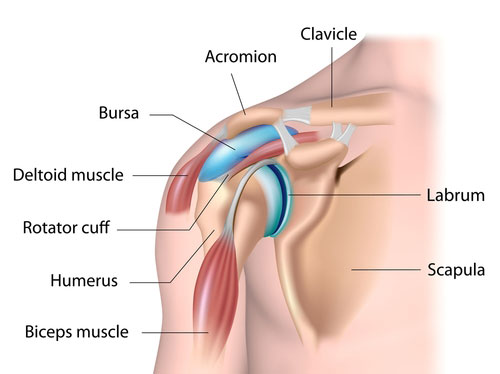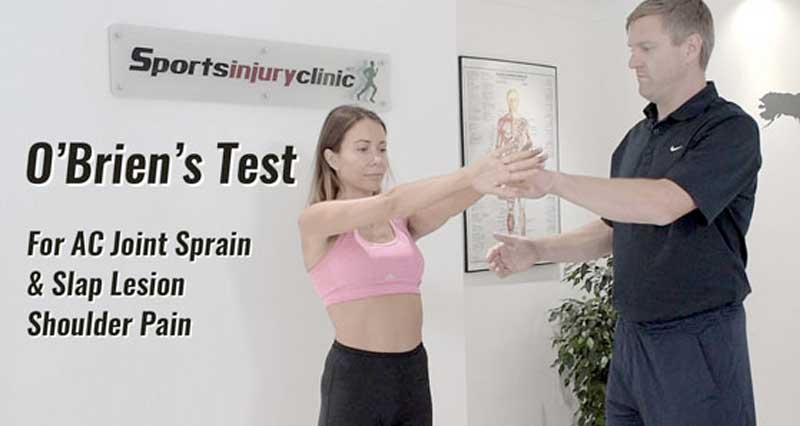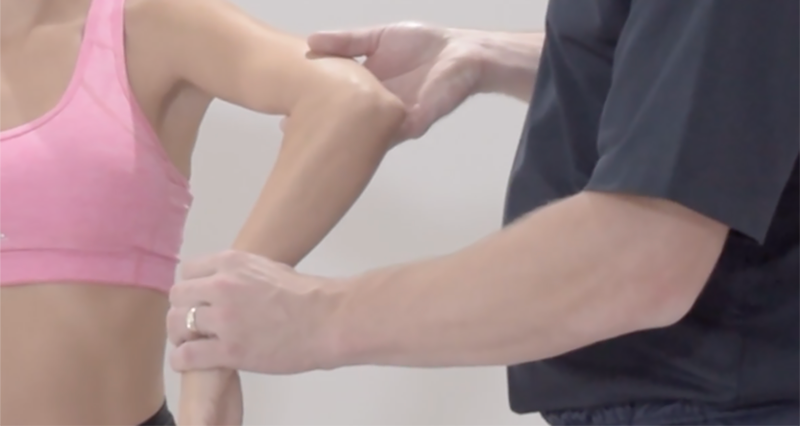Neer’s test is a key diagnostic tool for identifying shoulder impingement syndrome, a common cause of shoulder pain. By applying pressure to the shoulder joint, clinicians assess for impingement between the acromion and rotator cuff tendons. Consequently, this examination helps accurately diagnose shoulder pain, guiding effective treatment strategies.
What is shoulder impingement?

Shoulder impingement, also known as swimmer’s shoulder or thrower’s shoulder, happens when the tendons of the rotator cuff muscles become trapped or pinched while moving through a narrow bony channel. This channel, called the subacromial space, lies beneath the arch of the acromion.
How to perform the Neer’s Test
Stand or sit the patient comfortably and stand behind them. Stabilize the patient’s scapula (shoulder blade) with one hand to prevent movement. Then, with the other hand, passively elevate the patient’s arm in the scapular plane (about 30-45 degrees forward from the frontal plane) with the elbow fully extended and the palm facing down (pronated).Then slowly raise the arm overhead towards full elevation.

How do I know if the test is positive?
A positive sign for impingement syndrome is pain during this manoeuvre. Also pain at or before 90 degrees of abduction (when the arm is approximately parallel to the floor), it suggests impingement of the structures in the subacromial space, which includes the rotator cuff tendons and the subacromial bursa.
Neer’s test plays a crucial role in identifying shoulder impingement syndrome, which occurs when the structures in the subacromial space become compressed or irritated, leading to pain and limited range of motion.
Additionally, it’s important to note that a positive Neer’s test indicates impingement but does not specify the exact cause. Therefore, we usually require other tests and clinical assessments to determine the specific structures involved and the underlying pathology.
Considerations
Neer’s test should be performed carefully and gently to avoid exacerbating the patient’s symptoms. It’s essential to compare the results of Neer’s test with other clinical findings and diagnostic tests in order to accurately diagnose shoulder impingement and develop an appropriate treatment plan.
Healthcare professionals rely on a valuable clinical tool to aid in diagnosing shoulder impingement syndrome and make informed management decisions.




